EBERLE TR 52493 Bruksanvisning
EBERLE
ej kategoriserat
TR 52493
Läs gratis den bruksanvisning för EBERLE TR 52493 (4 sidor) i kategorin ej kategoriserat. Guiden har ansetts hjälpsam av 10 personer och har ett genomsnittsbetyg på 4.7 stjärnor baserat på 5.5 recensioner. Har du en fråga om EBERLE TR 52493 eller vill du ställa frågor till andra användare av produkten? Ställ en fråga
Sida 1/4

TR 524 93 TR 524 93
Elektronischer einstufiger Thermostat / Electronic single-step thermostat
MONTAGEANLEITUNG
Anwendung
− Ventilatorschaltung
− Elektro-Direktheizungen
− Ventilschaltung von
Warmwasser- und Gasheizungen
− Kleinwärmepumpen
− Kältetechnik
ZUR BEACHTUNG
Installationsanleitung
Nur für den Elektroinstallateur!
Fehler beim Anschluss können zur
Beschädigung des Regelgerätes
führen! Für Schäden, die durch
falschen Anschluss und/oder
unsachgemäße
Handhabung
entstehen, wird nicht gehaftet!
MOUNTING INSTRUCTION
Application
− Fan circuits
− Electric direct heating
− Valve circuits of hot water-
and
gas heatings
− Small-type heat pumps
− Refrigeration technology
ATTENTION
Instruction for installation for
the electrician, only!
Faulty connection may lead to
da
mages of the controller! We
accept no liability for damages
caused by false installation and/or
improper handling!
Bedienelemente
Control
Befestigung
Installation
125
85
Anschluss
Connection
1 Einstellknopf Solltemperatur
2 LED- -Anzeige für die Ist Temperatur
3 Einstellung Schaltdifferenz
4 Schaltzustandsanzeige des Relais (LED)
5 Steckbrücke „Heizen“/„Kühlen“
6 Einstellung Fühlerabgleich
1 Adjusting knob nominal temperature
2 LED-indication for actual temperature
3 Adjustment operating differential
4 Indication of adjustment state of relay (LED)
5 Plug bridge „heating“ / „cooling“
6 Adjustment sensor balancing
Installationshinweise
1. Kurzbeschreibung
Der Regler erfasst mit einem Temperaturfühler die Isttemperatur an
einem Messort und schaltet in Abhängigkeit der Abweichung zur
Solltemperatur ein Relais.
2. Funktion
Weicht die Isttemperatur von der eingestellten Solltemperatur ab, wird
ein Relais geschaltet. Die Schaltpunkte ergeben sich aus der
Solltemperatur +/- der Schaltdifferenz.
Über eine interne Steckbrücke kann zwischen der Funktion „Heizen"
oder „Kühlen" gewählt werden.
Der Schaltzustand des Relais wird durch eine rote LED im Gerät
angezeigt
(LED an = Relais eingeschaltet).
2.1. Solltemperatur
Die gewünschte Temperatur kann im Bereich von 0..50°C eingestellt
werden.
2.2. Schaltdifferenz
Die Schaltdifferenz (Abstand zwischen Ein- und Ausschalttemperatur)
kann an einer internen Drehwelle (Differenz) eingestellt werden.
2.3. Fühlereingang
Der Temperaturfühler wird an den dafür vorgesehenen Klemmen (11,
12) angeschlossen. Dabei muss nicht auf die Polung geachtet werden.
Die maximale Leitungslänge bei 1,5 mm
2
Cu ist 100 m .
2.4. Fehlererkennung am Fühlereingang
Der Fühlereingang wird auf Fühlerbruch bzw. Fühlerkurzschluss
überwacht. Im Fehlerfall wird das mit 'Err' im Display angezeigt. Die
Bedingung für einen Kurzschluss wird auch bei einer Temperatur
kleiner -35°C erfüllt. Steigt die Temperatur über +140°C, wird ein
Fühlerbruch angenommen.
In beiden Fällen wird das Relais abgeschaltet.
2.5. Wahl der Betriebsart
Mit einer Steckbrücke kann zwischen den Betriebsarten „Heizen" und
„Kühlen" umgeschaltet werden. In der Betriebsart „Heizen" wird das
Relais mit fallender Temperatur eingeschaltet, in der Betriebsart
„Kühlen" mit steigender Temperatur.
Die Steckbrücke befindet sich im Gerät rechts oben:
Steckbrücke gesteckt (Voreinstellung) ..= Betriebsart „Heizen“
Steckbrücke nicht gesteckt = Betriebsart „Kühlen“
Installation hints
1. Brief description
The controller senses, by means of a temperature sensor, the actual
temperature at a sensing location and switches a relay in dependence
on the deviation to the nominal temperature.
2. Function
If the actual temperature deviates from the set nominal temperature a
relay is switched. The switch points result from the nominal
temperature +/- the switching difference.
Selection between the function „heating
“ or „cooling“ is possible via
an internal plug bridge.
The switching state of the relay is indicated by a red LED in the
appliance
(LED on = relay engaged).
2.1 Nominal temperature
The required temperature can be adjusted in the range between
0...50°C.
2.2 Switching differential
The switching differential (difference between engaging and
disengaging temperature) can be adjusted on an internal rotary shaft.
2.3 Sensor input
Connect the temperature sensor on the provided terminals (11,12). It
is not necessa
ry, hereby, to observe the poles. The maximum length of
the lines is 100m in case of Cu 1,5mm².
2.4 Error detection at the sensor entry
The sensor entry is supervised as to sensor breakage or short circuit of
the sensor. In case of an error this is indicat
ed by „Err“ on the display.
The condition for a short circuit is also existing with a temperature
lower -
35°C. If the temperature rises above +140°C a sensor
breakage is assumed.
In both cases the relay is disengaged.
2.5 Selection of the mode of operation
Changing over between the operation modes „heating“ and „cooling“
is possible by means of a plug bridge. In the operation mode „heating“
the relay is activated with falling temperature, in the operation mode
„cooling“ with increasing temperature.
The plug bridge is located in the right-
hand top position of the
appliance:
Plug bridge plugged (pre- .adjustment) = operation mode „heating“
Plug bridge unplugged = operation mode „cooling“
Tl.Nr.:99143 140715
Produktspecifikationer
| Varumärke: | EBERLE |
| Kategori: | ej kategoriserat |
| Modell: | TR 52493 |
Behöver du hjälp?
Om du behöver hjälp med EBERLE TR 52493 ställ en fråga nedan och andra användare kommer att svara dig
ej kategoriserat EBERLE Manualer
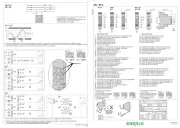
19 Oktober 2025

18 Oktober 2025
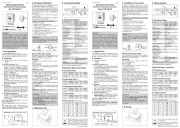
24 Augusti 2025
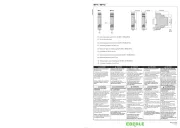
24 Augusti 2025
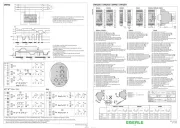
24 Augusti 2025
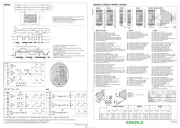
24 Augusti 2025
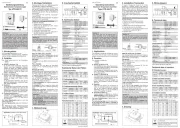
24 Augusti 2025
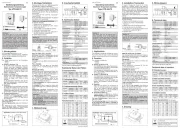
24 Augusti 2025

24 Augusti 2025
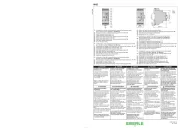
24 Augusti 2025
ej kategoriserat Manualer
- Seagate
- Rockford Fosgate
- Ciarra
- Venom
- Pentax
- Amazfit
- Zummo
- Speaka
- Onkyo
- Otamatone
- Black Box
- Gtech
- T.akustik
- Pelco
- Stormtech
Nyaste ej kategoriserat Manualer

23 Oktober 2025
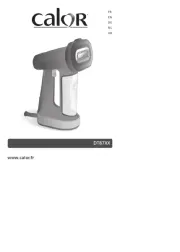
23 Oktober 2025
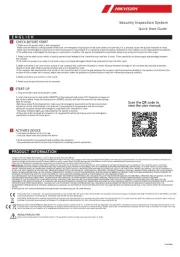
23 Oktober 2025
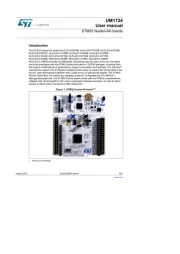
23 Oktober 2025
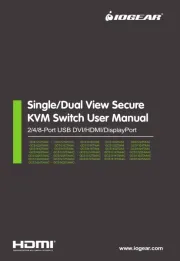
23 Oktober 2025
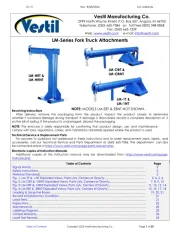
23 Oktober 2025
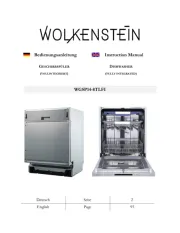
23 Oktober 2025

23 Oktober 2025
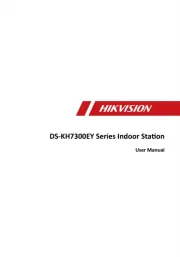
23 Oktober 2025
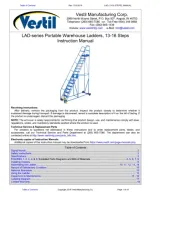
23 Oktober 2025